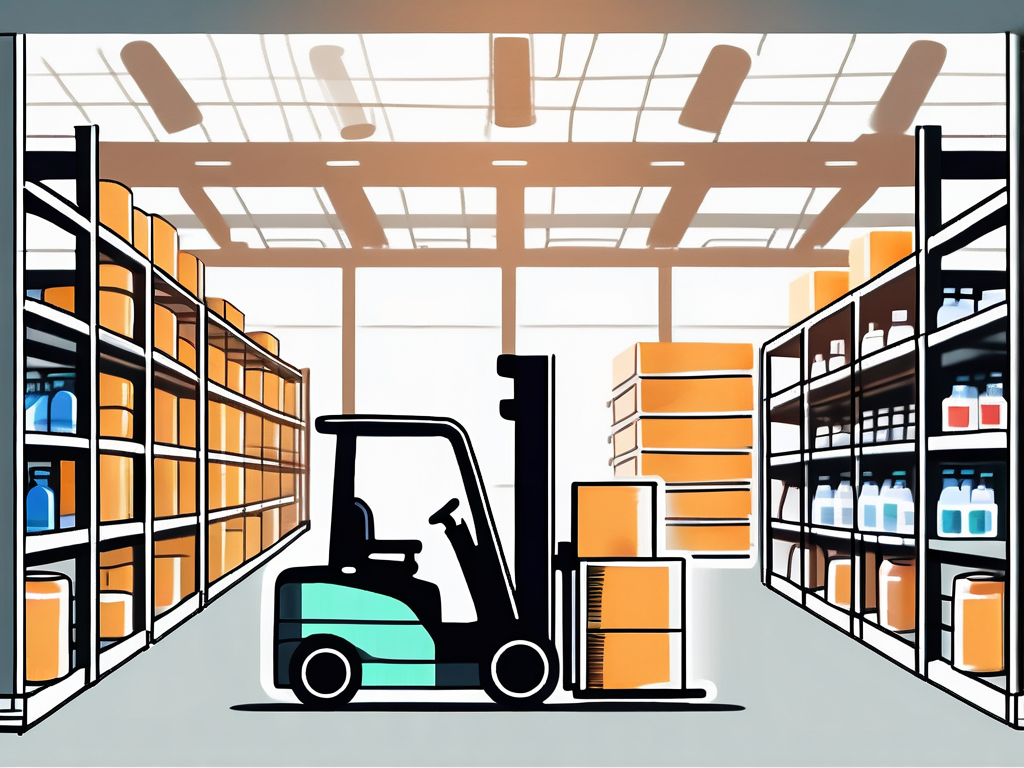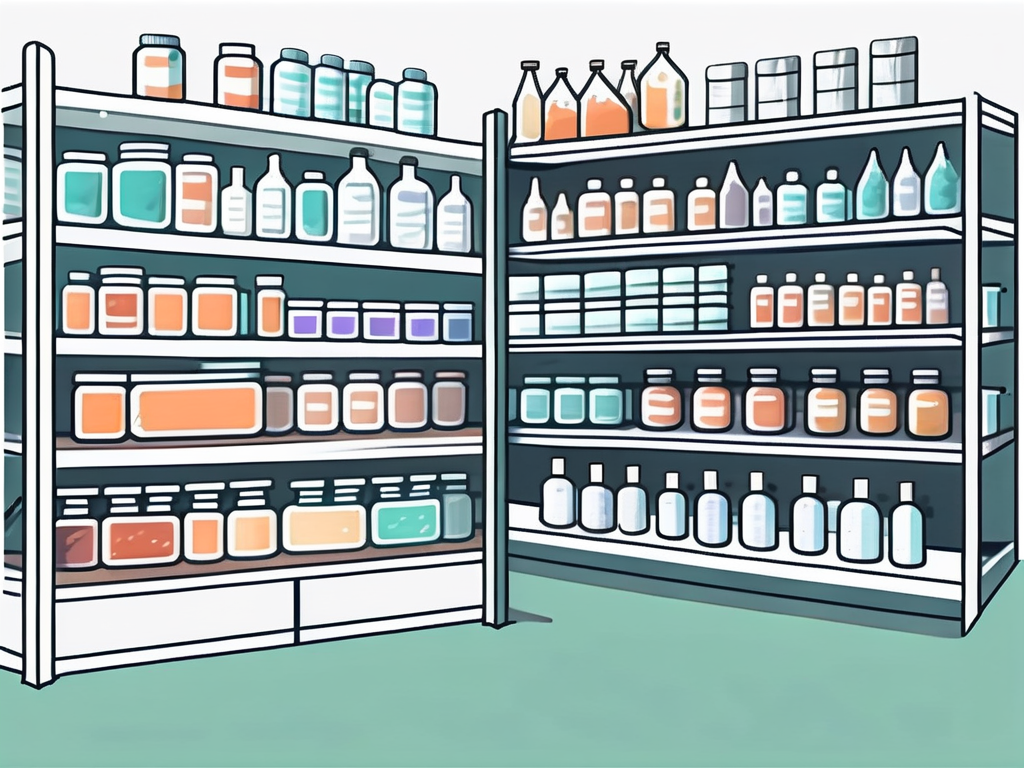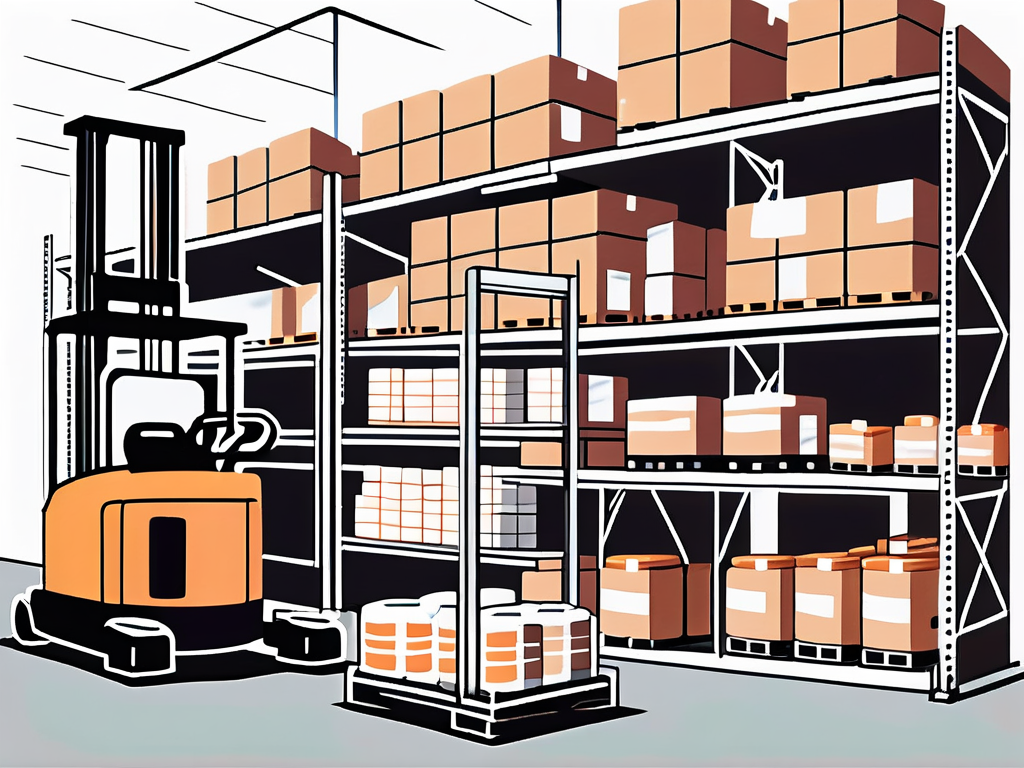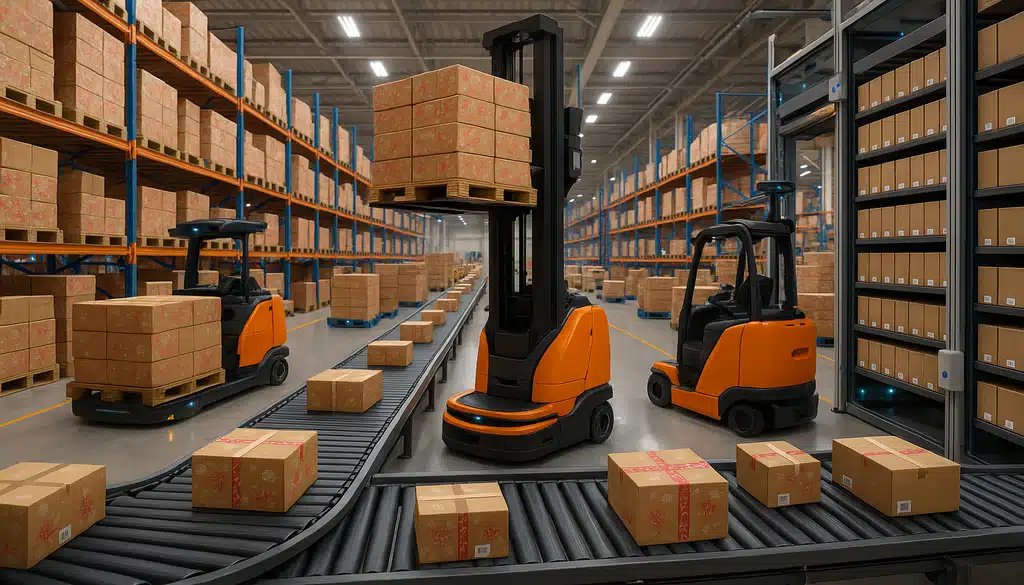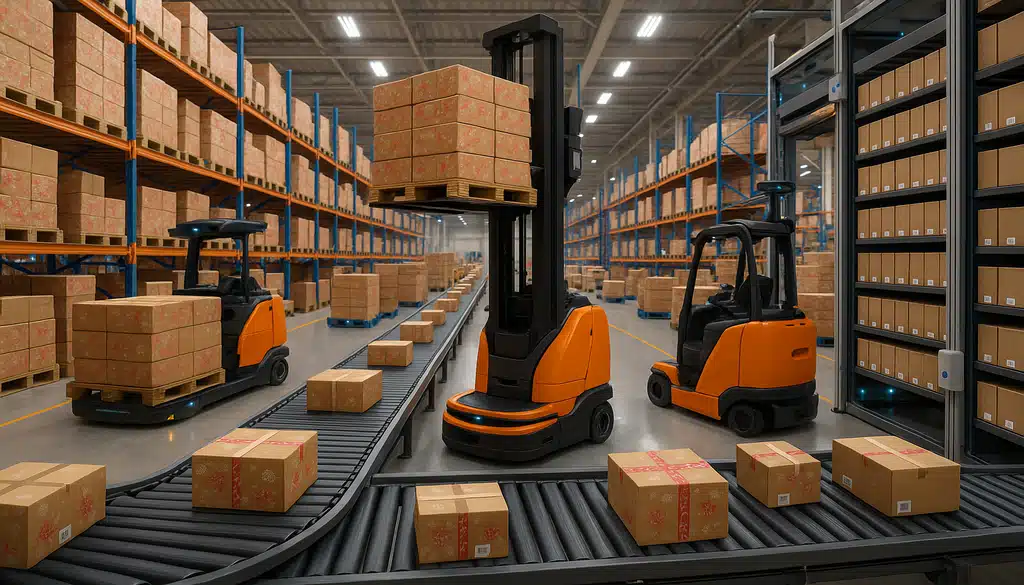Warehouse operations play a critical role in the pharmaceutical industry. Effective warehousing practices ensure the seamless flow of drugs and medical supplies throughout the supply chain. This article explores the importance of warehousing in the pharmaceutical industry, the regulatory requirements for pharmaceutical warehouses, key elements of good warehousing practices, implementation strategies, and challenges faced in this specialized field.
Understanding the Importance of Warehousing in the Pharmaceutical Industry
Warehousing acts as a crucial link within the pharmaceutical supply chain. It serves as a central hub for receiving, storing, and distributing pharmaceutical products to healthcare providers, pharmacies, and patients. Effective warehousing practices enable smooth delivery of medications, contributing to patient safety and healthcare efficacy.
Moreover, in the dynamic landscape of the pharmaceutical industry, warehouses play a pivotal role in managing inventory turnover and ensuring timely delivery of critical medications. By strategically locating warehouses close to major distribution centers or healthcare facilities, pharmaceutical companies can reduce lead times and respond swiftly to market demands and emergencies.
The Role of Warehousing in Pharmaceutical Supply Chain
Pharmaceutical warehouses act as a vital node in the supply chain, facilitating inventory management, order fulfillment, and product tracking. They ensure proper storage conditions for drugs, maintain an optimal stock level, and enable efficient retrieval and dispatch, driving overall supply chain efficiency.
Furthermore, modern warehousing technologies such as automated storage and retrieval systems (AS/RS) and inventory management software have revolutionized pharmaceutical logistics. These advancements enhance inventory accuracy, reduce human errors, and streamline order processing, ultimately improving supply chain visibility and responsiveness.
Regulatory Requirements for Pharmaceutical Warehouses
Pharmaceutical warehouses must comply with stringent regulations to maintain product integrity and patient safety. They must adhere to Good Distribution Practices (GDPs) and Good Warehousing Practices (GWPs) established by regulatory authorities. These guidelines promote proper storage conditions, effective temperature control, traceability, and product segregation to prevent contamination and counterfeiting.
Additionally, regulatory compliance extends beyond physical storage practices to encompass data security and integrity. With the increasing digitization of supply chain operations, pharmaceutical warehouses must implement robust cybersecurity measures to safeguard sensitive information, such as product codes, batch numbers, and patient details, from cyber threats and data breaches.
Key Elements of Good Warehousing Practices
Successful implementation of good warehousing practices involves various key elements that collectively contribute to the efficiency and reliability of warehouse operations.
One crucial aspect of effective warehousing practices is the layout and design of the warehouse itself. A well-organized warehouse layout can significantly impact operational efficiency by reducing travel time, improving order picking processes, and maximizing storage space utilization. Factors such as aisle width, shelving configurations, and designated storage areas for different product categories all play a role in optimizing workflow and minimizing errors.
Inventory Management and Control
Accurate inventory management ensures the availability of pharmaceutical products while minimizing the risk of stockouts or overstocking. Regular stock audits, cycle counts, and advanced inventory tracking systems help maintain optimal stock levels and reduce wastage.
Moreover, implementing inventory control techniques such as ABC analysis, just-in-time inventory management, and batch tracking can further enhance inventory accuracy and streamline replenishment processes. By categorizing products based on their importance and demand, warehouse managers can prioritize storage and handling practices to improve overall efficiency.
Safety Measures and Procedures
Pharmaceutical warehouses are required to implement robust safety measures to protect staff, products, and the environment. These include proper handling practices for hazardous substances, adequate fire safety systems, ergonomic workstations, and the use of personal protective equipment.
Furthermore, conducting regular safety training sessions for warehouse staff, establishing emergency response protocols, and performing routine safety inspections are essential components of maintaining a secure work environment. By fostering a culture of safety awareness and compliance, warehouses can mitigate risks and ensure the well-being of all personnel.
Quality Assurance in Warehousing
Pharmaceutical warehouses must adhere to strict quality assurance protocols to ensure product quality and compliance with regulatory standards. This involves implementing temperature monitoring systems, maintaining proper documentation, conducting regular quality inspections, and implementing quality control measures to minimize the risk of product damage or contamination.
In addition, establishing a comprehensive supplier qualification program, conducting regular audits of storage conditions, and implementing stringent sanitation practices can further enhance the overall quality management system within the warehouse. By continuously monitoring and improving quality assurance processes, warehouses can uphold the integrity of pharmaceutical products and meet the stringent requirements of regulatory authorities.
Implementing Good Warehousing Practices
Successful implementation of good warehousing practices requires a holistic approach that considers various factors. From staff training to warehouse design and technology integration, every aspect plays a crucial role in ensuring efficient operations and compliance with industry standards.
One key aspect of implementing good warehousing practices is maintaining a strong focus on quality control measures. This involves regular inspections, audits, and monitoring of storage conditions to prevent product damage, contamination, or expiration. By implementing robust quality control processes, warehouses can uphold the integrity of pharmaceutical products and meet regulatory requirements.
Staff Training and Development
Warehouse staff must receive comprehensive training on handling pharmaceutical products, following standard operating procedures, and understanding regulatory requirements. Continuous development programs and refresher training sessions help keep staff updated with industry best practices. Additionally, fostering a culture of continuous learning and improvement within the workforce can lead to higher employee engagement and productivity.
Warehouse Design and Layout Optimization
Effective warehouse design and layout play a crucial role in optimizing space utilization, ensuring smooth material flow, reducing product handling time, and minimizing the risk of errors. Implementing professional warehouse design principles, such as logical product placement and efficient material handling equipment, improves operational efficiency. Furthermore, incorporating sustainability principles into warehouse design, such as energy-efficient lighting and eco-friendly materials, can contribute to environmental conservation efforts.
Technology Integration in Warehousing
The integration of advanced technologies, such as warehouse management systems (WMS), barcode scanning, and RFID tracking, enhances inventory accuracy, traceability, and overall warehouse performance. Automation and digitization streamline operations, reduce errors, and enable real-time data analysis for informed decision-making. Embracing emerging technologies like artificial intelligence and predictive analytics can further revolutionize warehousing practices, enabling predictive maintenance and demand forecasting.
Challenges in Pharmaceutical Warehousing
The pharmaceutical warehousing industry faces several unique challenges that require innovative solutions and continuous improvement. In order to meet these challenges head-on, pharmaceutical warehouses must invest in specialized infrastructure, implement robust monitoring systems, and adopt effective security measures.
Dealing with Temperature-Sensitive Products
One of the primary challenges in pharmaceutical warehousing is the need to handle temperature-sensitive products. Many pharmaceutical products, such as vaccines and biologics, require strict temperature control to maintain their efficacy. To ensure product integrity throughout the supply chain, pharmaceutical warehouses invest in specialized infrastructure like cold rooms and temperature-controlled storage units. These facilities are equipped with state-of-the-art cooling systems and advanced monitoring technology to maintain the required temperature range. Additionally, warehouses implement robust monitoring systems that continuously track and record temperature fluctuations, sending real-time alerts to warehouse personnel in case of any deviations. This proactive approach helps to mitigate the risk of temperature excursions and ensures that the products remain safe and effective.
Managing High-Value Inventory
Another significant challenge in pharmaceutical warehousing is the management of high-value inventory. Pharmaceutical warehouses often handle medications and medical equipment that are of high value. To protect these valuable assets, warehouses implement effective security measures. Access control systems, surveillance cameras, and well-defined security protocols are put in place to prevent theft and unauthorized access. These security measures not only deter potential theft but also provide a sense of assurance to pharmaceutical companies and their clients that their valuable inventory is being safeguarded.
Ensuring Compliance with Global Standards
Pharmaceutical warehouses must navigate a complex web of regulations and standards imposed by multiple regulatory bodies. Compliance with Good Manufacturing Practices (GMPs) and global quality standards is of utmost importance. To ensure compliance, warehouses maintain thorough documentation of all processes and procedures, conduct regular audits to identify areas for improvement, and continuously strive for process optimization. This commitment to compliance not only ensures the quality and safety of pharmaceutical products but also helps pharmaceutical companies maintain their reputation and meet the expectations of regulatory bodies and customers alike.
By addressing these challenges head-on and investing in specialized infrastructure, robust monitoring systems, and effective security measures, pharmaceutical warehouses can optimize their operations. This optimization contributes to the safe and timely distribution of medications and medical supplies, ultimately improving patient care and overall healthcare outcomes. The pharmaceutical warehousing industry plays a crucial role in the healthcare ecosystem, and by continuously improving their practices, warehouses can meet the evolving needs of the industry and ensure the well-being of patients worldwide.


